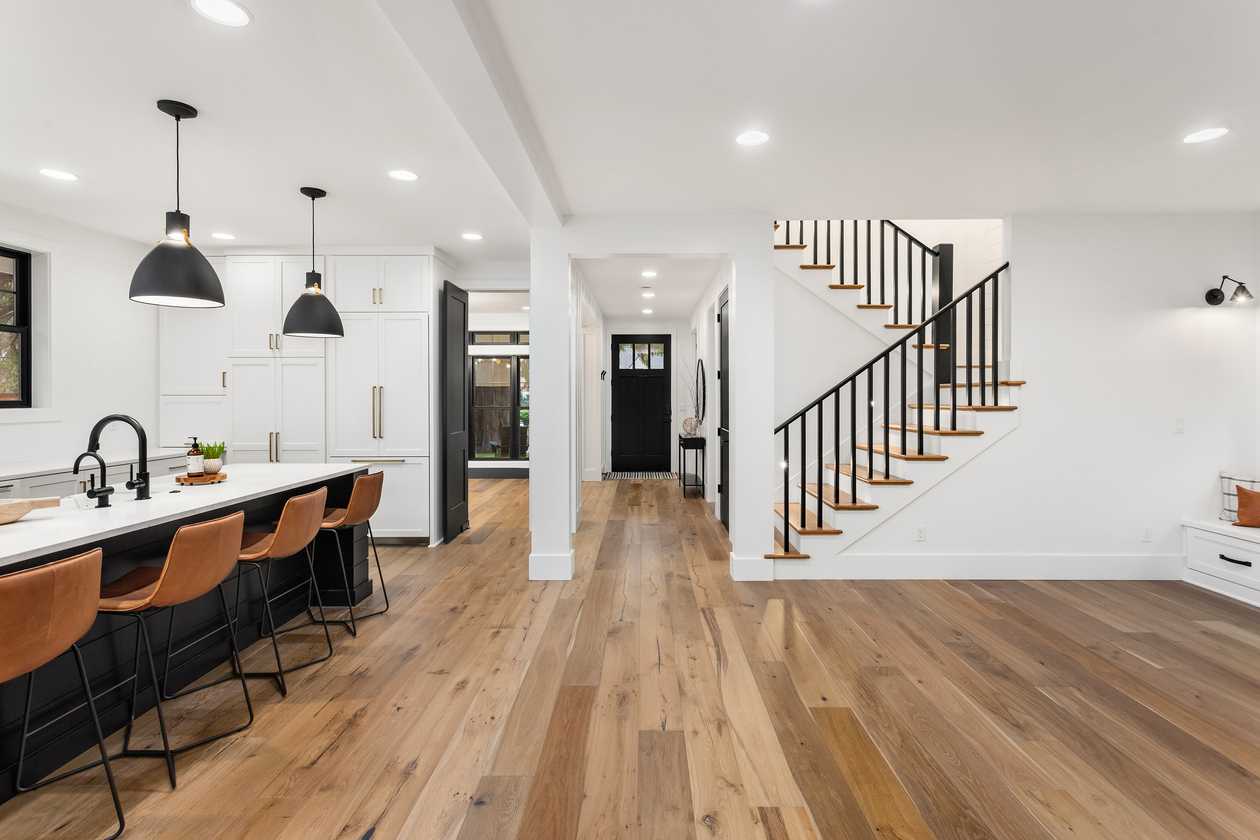What is the Most Expensive Thing When Renovating a House?
The Costly Endeavor of Home Renovations
Renovating a house is an exciting and rewarding venture, as it allows homeowners to update and personalize their living space to suit their preferences and needs. However, amidst the excitement, it’s crucial to be aware of the financial implications of such a project. Renovations can be costly, and various factors contribute to the final expense. While the scope of the renovation and the location of the property play significant roles in determining costs, there is one aspect that stands out as the most expensive element. In this article, we delve into the primary factor that can make renovating a house a pricey affair. What is the most expensive thing when renovating a house?
The Most Expensive Thing: Structural Changes
When it comes to home renovations, the most expensive element is often associated with structural changes. These modifications involve altering the layout, foundation, or load-bearing walls of the house. Structural changes can significantly impact the overall cost of a renovation due to their complexity and the expertise required to execute them correctly.
1. Foundation Repairs
The foundation is the core of any building, and addressing foundation issues is crucial to ensure the stability and longevity of the house. Foundation repairs are among the most expensive renovations as they require professional assessment and often involve underpinning or extensive concrete work. The cost can vary depending on the severity of the damage and the type of foundation repair method needed.
2. Load-Bearing Wall Removal
Open-concept living spaces are highly sought after, and many homeowners opt to remove load-bearing walls to create a more spacious and airy feel. However, taking down load-bearing walls requires careful planning and execution, as it can compromise the structural integrity of the house. Engineers and contractors must be involved to install appropriate support beams or columns to redistribute the weight and ensure the safety of the building. The cost of this endeavor can be substantial, considering the labor, materials, and engineering expertise required.

3. Changing the Roofline
Modifying the roofline to add extensions or change the shape of the roof is another expensive structural change. Roof alterations require skilled professionals to ensure proper waterproofing, insulation, and ventilation. Additionally, changes to the roofline may involve adjustments to other systems like HVAC, electrical, and plumbing, which further adds to the cost.
Additional Cost Factors in Home Renovations
While structural changes are a major expense, they are not the only factors that can make a home renovation costly. Several other elements contribute significantly to the overall expenditure:
1. High-End Materials and Finishes
The choice of materials and finishes plays a crucial role in the cost of a renovation. High-end materials, such as exotic hardwoods, natural stone countertops, or designer tiles, come with a premium price tag. While they can elevate the aesthetics and value of the home, they also add to the budget substantially.
2. Labor and Professional Services
Skilled labor is essential for any renovation project. Hiring experienced and reputable contractors, carpenters, electricians, plumbers, and other specialists is essential to ensure the work is done correctly and up to code. Quality labor often comes at a higher cost, but it ensures a well-executed and long-lasting renovation.
3. Permits and Regulations
Obtaining the necessary permits for the renovation is not only essential for compliance but also adds to the overall cost. Building permits and other regulatory fees can vary depending on the scope and scale of the renovation and the location of the property.

4. Unforeseen Issues
No matter how well-planned a renovation is, there may be unexpected problems that arise during the process. These can range from hidden structural damage, electrical issues, or plumbing problems, which may require immediate attention and additional funds.
Cost-Saving Tips for Home Renovations
Despite the potential expenses involved in renovating a house, there are several strategies homeowners can employ to keep costs in check:
1. Set a Realistic Budget
Start by establishing a detailed budget for the renovation project. Research the average costs of materials and labor in your area and allocate funds accordingly. It’s essential to have a contingency fund of at least 10% of the total budget to cover any unexpected expenses that may arise. https://nazbuild.com.au/
2. Prioritize Renovations
Identify the most critical renovations and prioritize them based on urgency and importance. Focus on essential structural repairs or upgrades first before tackling cosmetic enhancements.
3. DIY Where Possible
Consider taking on certain tasks yourself if you have the necessary skills and expertise. DIY projects can save a significant amount on labor costs, but be sure not to take on tasks that require professional expertise.
4. Seek Multiple Quotes
Obtain quotes from several contractors and suppliers to compare prices and negotiate better deals. However, ensure that the quotes are for the same scope and quality of work to make an accurate comparison.
5. Opt for Value-Engineering
Value-engineering involves finding cost-effective alternatives for materials and finishes without compromising on quality or aesthetics. Look for budget-friendly options that can still achieve the desired outcome.
6. Avoid Scope Creep
Stick to the original renovation plan and avoid making constant changes once the work has begun. Scope creep can lead to delays and additional expenses.
Conclusion
Renovating a house can be a significant financial undertaking, and the most expensive aspect often lies in structural changes. From foundation repairs to load-bearing wall removal and roofline alterations, these modifications require specialized expertise and can significantly impact the overall cost. However, homeowners can manage expenses through careful budgeting, prioritization, and strategic decision-making. By understanding the cost factors involved and implementing cost-saving strategies, homeowners can achieve their dream renovations while keeping their budget in check. Remember, proper planning and realistic expectations are key to a successful and cost-effective home renovation.

